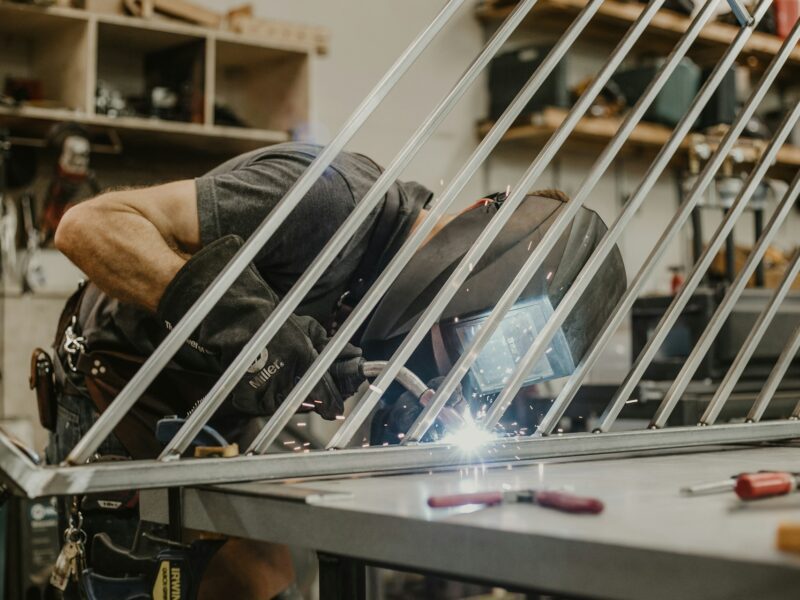Jumping is a hazardous sport for both horses and riders. Every horse-jumping rider should have a few critical pieces of equipment.
For instance, a shock-absorbing pad helps increase the comfort of your saddle for jumping. It also evenly distributes your weight and helps to absorb the impact of landing from a jump.
Contents
Saddle Pads
A saddle pad can help your horse stay comfortable through the jumps by distributing the rider’s weight and lessening the impact. Some saddle pads also have built-in shim pockets to help improve saddle fit and offer additional shock absorption.
Fleece and cotton saddle pads are popular due to their moisture-wicking capabilities, allowing sweat to evaporate more quickly. They also have a natural springiness and recoil that helps dissipate pressure points.
Some neoprene pads have open slots over the withers to relieve saddle pressure and may have removable shims for a more customizable fit. These places are typically suited for roping or trail horses and those with narrow backs and high withers. However, neoprene is not breathable and can build heat under the saddle.
Bell Boots
Whether you are barrel racing, reining, or jumping, bell boots are also vital horse jump accessories because they protect the front of your hooves from overreach. They also help prevent a horse from losing its shoes on a big fence!
Bell boots can be made of rubber, PVC, nylon, neoprene, open-cell foam, or carbon fiber. Pick the best one for your discipline, as they all provide excellent protection.
Most open-bell boots close with a hook-and-loop fastener, making them easy to put on and take off. It is essential to get the right size to avoid them chafing your horse’s pastern. You can check the sizing by inserting your finger between the bottom back rim of the bell boot and the horse’s pastern.
Leg Boots
Jumping is a strenuous activity that stresses a horse’s front and hind legs. This stress can lead to long-term injury or damage if not adequately protected. Leg boots are designed to protect a horse’s lower legs. Some have neoprene padding to absorb the shock of landing after a jump.
Tendon or open-front boots are an excellent choice for jumping and eventing. They have a hard shell to guard against hits and strikes from the hind hooves during jumping. They are also made of shock-absorbing material and have a breathable lining to prevent heat build-up. The giant velcro hook and loop straps keep the boot in place and provide a secure fit. The vented design allows heat to escape through the rear and side vents and cool air to enter through the upper extractor vent.
Stud Guard Girth
A stud guard girth provides added protection when your horse is jumping. They are shaped to leave space behind your horse’s elbow and have elasticated ends to equalize pressure and prevent pinching.
This neoprene stud girth’s wide belly section also helps promote freedom of movement over fences. It is softly padded for comfort and has roller side buckles for easy tightening. It also has a martingale attachment and training rings.
Elastication at both ends of this padded girth helps to distribute pressure and prevent pinching. It is also shaped to avoid peak pressure areas and comes in long and short versions. It is also pre-conditioned, so it does not require oiling. This girth is suitable for any competition jump saddle fitted with short girth straps.
Breastplate
A breastplate secures your saddle to the horse’s chest and helps prevent the rider from slipping backward. It distributes the pressure over a wider area and has elasticated sections for extra give and sheepskin padding at potential pressure points to avoid rubbing. Five-point breastplates attach at D-rings, girth straps, and a perimeter under the belly and can be adjusted precisely.
Hunting breastplates are ‘Y’ shape, with the front strap running between the legs and up to the perimeter. This design also avoids needing a wither strap, which can stress your horse’s windpipe. They often feature padded leatherwork and stitch detail, detachable running martingale attachments, and many adjustabilities.



